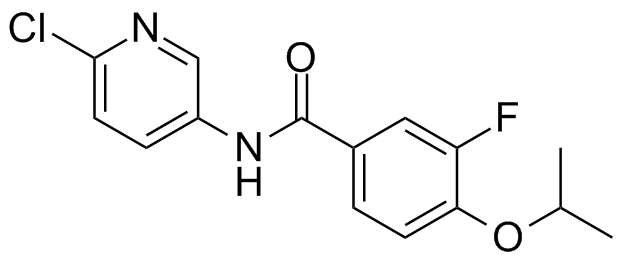KvLQT2 on:
[Wikipedia]
[Google]
[Amazon]
Kv7.2 (KvLQT2) is a voltage- and lipid-gated

 * ICA-069673: channel opener at KCNQ2/ Q3, 20-fold selective over KCNQ3/ Q5, no measurable activity against a panel of cardiac ion channels (
* ICA-069673: channel opener at KCNQ2/ Q3, 20-fold selective over KCNQ3/ Q5, no measurable activity against a panel of cardiac ion channels (
potassium
Potassium is the chemical element with the symbol K (from Neo-Latin ''kalium'') and atomic number19. Potassium is a silvery-white metal that is soft enough to be cut with a knife with little force. Potassium metal reacts rapidly with atmosphe ...
channel
Channel, channels, channeling, etc., may refer to:
Geography
* Channel (geography), in physical geography, a landform consisting of the outline (banks) of the path of a narrow body of water.
Australia
* Channel Country, region of outback Austral ...
protein
Proteins are large biomolecules and macromolecules that comprise one or more long chains of amino acid residues. Proteins perform a vast array of functions within organisms, including catalysing metabolic reactions, DNA replication, respo ...
coded for by the gene
In biology, the word gene (from , ; "...Wilhelm Johannsen coined the word gene to describe the Mendelian units of heredity..." meaning ''generation'' or ''birth'' or ''gender'') can have several different meanings. The Mendelian gene is a ba ...
KCNQ2.
It is associated with benign familial neonatal epilepsy
Benign familial neonatal seizures (BFNS), formerly called benign familial neonatal convulsions (BFNC), is a rare autosomal dominant inherited form of seizures. It manifests in newborns, normally within the first 7 days of life, as tonic-clonic sei ...
.
Function
The M channel is a slowly activating and deactivatingpotassium channel
Potassium channels are the most widely distributed type of ion channel found in virtually all organisms. They form potassium-selective pores that span cell membranes. Potassium channels are found in most cell types and control a wide variety of cel ...
that plays a critical role in the regulation of neuronal excitability. The M channel is formed by the association of the protein encoded by this gene and a related protein encoded by the KCNQ3 gene, both integral membrane proteins. M channel currents are inhibited by M1 muscarinic acetylcholine receptors and activated by retigabine
Retigabine (INN) or ezogabine (USAN) is an anticonvulsant used as an adjunctive treatment for partial epilepsies in treatment-experienced adult patients. The drug was developed by Valeant Pharmaceuticals and GlaxoSmithKline. It was approved by th ...
, a novel anti-convulsant drug. Defects in this gene are a cause of benign familial neonatal convulsions type 1 (BFNC), also known as epilepsy, benign neonatal type 1 (EBN1). At least five transcript variants encoding five different isoforms
A protein isoform, or "protein variant", is a member of a set of highly similar proteins that originate from a single gene or gene family and are the result of genetic differences. While many perform the same or similar biological roles, some isof ...
have been found for this gene.
Ligands


hERG
hERG (the human '' Ether-à-go-go''-Related Gene) is a gene () that codes for a protein known as Kv11.1, the alpha subunit of a potassium ion channel. This ion channel (sometimes simply denoted as 'hERG') is best known for its contribution to th ...
, Nav1.5
Sodium channel protein type 5 subunit alpha, also known as NaV1.5 is an integral membrane protein and tetrodotoxin-resistant voltage-gated sodium channel subunit. NaV1.5 is found primarily in cardiac muscle, where it mediates the fast influx of N ...
, L type channels, and KCNQ1
Kv7.1 (KvLQT1) is a potassium channel protein whose primary subunit in humans is encoded by the ''KCNQ1'' gene. Kv7.1 is a voltage and lipid-gated potassium channel present in the cell membranes of cardiac tissue and in inner ear neurons among o ...
) and no activity on GABAA gated channels at 10 μM. A range of related benzamides exhibited activity, of which compound number 40 is shown here.
* ML252: channel inhibitor, IC50 = 70nM.
* Phosphatidylinositol 4,5-bisphosphate
Phosphatidylinositol 4,5-bisphosphate or PtdIns(4,5)''P''2, also known simply as PIP2 or PI(4,5)P2, is a minor phospholipid component of cell membranes. PtdIns(4,5)''P''2 is enriched at the plasma membrane where it is a substrate for a number of ...
(PIP2)
References
Further reading
* * * * * * * * * * * * * * * * * * * *External links
* Ion channels Proteins {{membrane-protein-stub